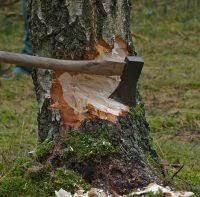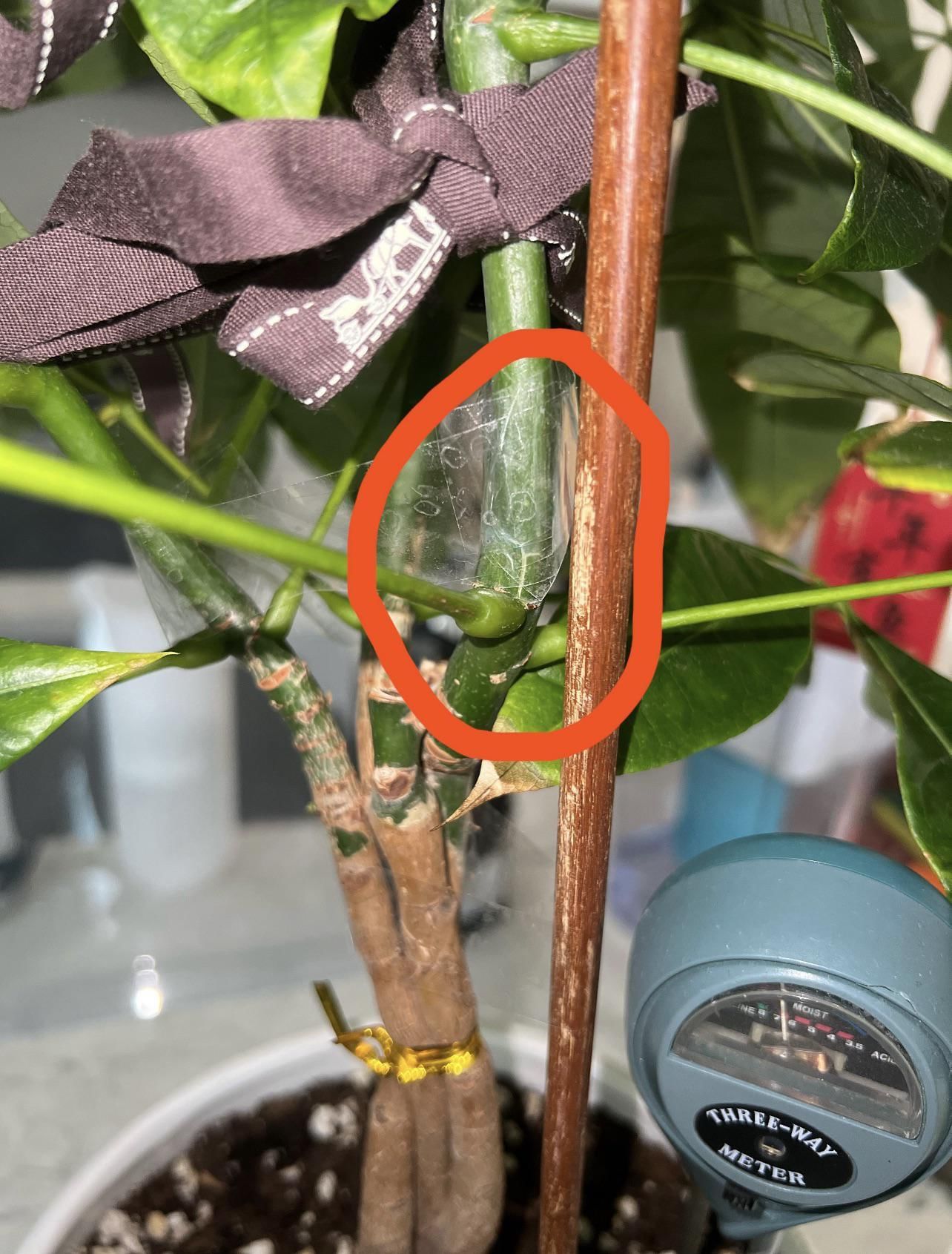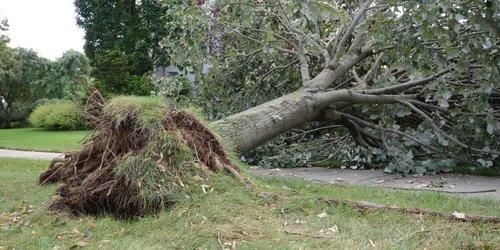|
Card: 2 / 20 |
To kill a tree effectively, one must pull out its roots completely and expose them to the sun and air, as merely cutting or hacking it does not lead to its permanent death.  |
|
Card: 3 / 20 |
True or False: The poet believes that a single cut with a knife is sufficient to kill a tree. |
|
Card: 4 / 20 |
False. The poet emphasizes that killing a tree takes a lot of time and cannot be done by just one cut. |
|
Card: 8 / 20 |
The poet compares the act of cutting down a tree to committing an act of murder, highlighting the seriousness and moral implications of harming nature.  |
|
Card: 9 / 20 |
What is the main reason that a tree cannot be easily killed by simple cuts or blows? |
|
Card: 10 / 20 |
A tree can repair its injuries and regrow tender twigs from its base, making it resilient to minor damage.  |
|
Card: 12 / 20 |
The roots must be forcefully pulled out of the ground and left exposed to sun and air until they dry out and wither, draining the tree of life. |
|
Card: 13 / 20 |
True or False: The roots of a tree are insensitive to environmental changes because they are hidden underground. |
|
Card: 14 / 20 |
False. The roots are sensitive to heat and light, which is why they need to be protected and nurtured. |
|
Card: 16 / 20 |
The roots gradually dry up, wither, and harden, leading to the eventual death of the tree.  |
|
Card: 17 / 20 |
True or False: A tree can survive without its roots being protected from the sun. |
|
Card: 18 / 20 |
False. A tree cannot survive if its roots are exposed to the sun, as this leads to drying and death.  |
|
Card: 20 / 20 |
Roots anchor the tree to the earth and absorb essential nutrients and water, which are crucial for its growth and stability. |























